Introduction
Imagine gliding along a railway carved into steep hillsides, the shimmering Douro River accompanying you at every curve. As the train slowly winds its way through valleys dressed in vineyard terraces, you’ll pass by whitewashed villages, abandoned stations, and locals tending to their land. The pace is gentle, the scenery unforgettable. This is the CP Douro Line – not just a train ride, but a cinematic journey into the heart of northern Portugal.
This complete guide covers everything you need to plan your Douro railway adventure: from where to board and what to pack, to the most scenic stops and unmissable food experiences. Whether you’re in for a quick getaway or a slow travel itinerary, you’re in for a ride that lingers in memory.
Why ride the CP Douro Line
For curious souls who value the journey as much as the destination, the CP Douro Line is a rare gem. Completed in 1887 to connect Porto to the Spanish border, it was once part of a grand vision of European rail. Today, it retains that romantic charm, hugging the curves of the Douro River with remarkable elegance.
The line offers more than just views: it invites you to explore wine estates, taste traditional food, interact with locals, and discover a UNESCO-listed cultural landscape. The train runs slowly enough to enjoy every bridge crossing and to wave at riverside fishermen – yet far enough from the roads to feel like you’re discovering something secret.
Ricardo and Ana from Gato Vadio boarded the train on a crisp spring morning. With pastel skies overhead and dew on the vineyard leaves, they stopped in towns that seem suspended in time, shared a riverside picnic, and came home with a deep affection for this poetic route.
What to see and do on the CP Douro Line
Porto – Start of the CP Douro Line
Your Douro adventure begins in Porto, at either the iconic São Bento Station with its tile-covered walls, or the larger Campanhã Station, a transit hub for long-distance trains.
- Getting there: São Bento is in downtown Porto. Campanhã is just 5 minutes away by suburban train.
- Tip: If you’re starting early, Campanhã offers more frequent departures and easier seating options.
Peso da Régua – Gateway to Douro wines
A vital stop for wine lovers, Régua is the perfect blend of tradition and accessibility. This riverside town marks the true beginning of the Douro wine region, and it’s packed with quintas (estates), historical buildings, and scenic lookouts.
- Highlights: Museu do Douro, Cais da Régua promenade, Miradouro de São Leonardo.
- How to get there: Around 2 hours from Porto by regional train.
- Travel Tip: Book a wine tour before arriving. Many vineyards offer tastings, guided visits, and even meals.
Pinhão – Postcard views & vineyards
This charming riverside village feels like the soul of the Douro. Its station is adorned with azulejos depicting harvest scenes, and its location at the heart of the valley makes it a prime base for wine tourism.
- Don’t Miss: Tasting at Quinta do Bomfim or Quinta das Carvalhas.
- Views: Walk up to Casal de Loivos viewpoint or take a river taxi.
- Boat rides: 1-hour cruises from Pinhão pier are perfect for golden-hour photos.
Tua – Gateway to natural wonders
Tua is peaceful and intimate, where time seems to slow even further. Once the junction of a legendary narrow-gauge line, today it offers hiking access and authentic rural landscapes.
- Activities: Hike the abandoned rail track, explore Douro Superior trails, or relax by the river.
- Best for: Travelers craving solitude, nature, or silence.
Pocinho – End of the CP Douro Line
The train stops here, but your adventure doesn’t have to. Pocinho is a sleepy village that opens the way to the Douro International Natural Park and nearby archaeological sites.
- Tip: Arrange private tours or continue by car for off-the-map explorations.
/htm
Suggested CP Douro Line Itinerary
One-Day scenic return
- Morning: Catch the 9:20 train from Porto. Sit on the right side for river views.
- Midday: Arrive in Pinhão. Enjoy a riverside lunch at Vintage House or local favorite Segredos do Douro.
- Afternoon: Take a boat cruise or visit a wine estate.
- Evening: Return train departs around 17:30. Arrive in Porto by 20:00.
Two-Day Slow travel version
- Day 1: Porto → Régua → Pinhão. Check into The Vintage House Hotel. Stroll, sip wine, relax.
- Day 2: Visit Tua, hike or take a private boat trip. Return to Porto by sunset.
Local food and where to eat on the CP Douro Line
Régua
- Castas e Pratos: Chic setting, contemporary Douro cuisine.
- Taberna do Jerere: Rustic, generous plates, true local atmosphere.
Pinhão
- Veladouro: Tasty meals by the river, ideal for lunch.
- LBV 79: Wine bar with panoramic terrace and petiscos.
Other Favorites
- Posta Mirandesa: A hearty grilled steak, typically served rare.
- Tripas à Moda do Porto: Love it or leave it – this dish reflects Porto’s culinary courage.
- Bôla de Lamego: A delicious meat-stuffed bread, perfect for the train.
Where to stay near the CP Douro Line
Budget
- Hostel Douro Backpackers (Pinhão): Social, walkable from the station, with breakfast included.
Mid-range
- Quinta Pecêga – AL: Classic Douro charm, pool, excellent food.
Premium
- The Vintage House Hotel (Pinhão): 5-star riverside luxury with a world-class wine list and stunning balconies.
How to get there and move around
Getting to the CP Douro Line
- From Porto: Depart from São Bento or Campanhã.
- Tickets: Use the CP website, app, or buy at the station. Weekends get busy – book early.
Moving around
- Train: Affordable and beautiful. Sit on the right when heading east.
- Car Rental: Ideal for visiting remote villages or quintas. Compare options on DiscoverRental.
When to visit the CP Douro Line
- Spring (March–May): Flowers bloom, river levels are high, perfect temperatures.
- Summer (June–August): Hot but vivid – ideal for river swims.
- Autumn (September–October): Harvest season! The valley is alive with activity.
- Winter (November–February): Peaceful, cheaper, less vibrant but still scenic.
Travel tips for the CP Douro Line
- Currency: Euro (€)
- Language: Portuguese; basic English in most tourist areas
- Plugs: Type F, 230V
- Train Class: 2nd class is more than enough
- Apps: CP, Rome2Rio, Google Maps (offline mode)
- Packing: Bring water, snacks, sunscreen, and a power bank
- Green Pass: Monthly CP pass (€20) ideal for longer trips — see more details here.
Importance of travel insurance
Travel with peace of mind. Whether it’s lost luggage, medical emergencies, or train delays, a solid travel insurance makes all the difference. We personally use and recommend Heymondo – affordable, reliable, and with 24/7 support in English.
Curiosities and local legends
The CP Douro Line once extended to Barca d’Alva, reaching the Spanish border. Though no longer active past Pocinho, this stretch was hailed as one of the most scenic in Europe.
Some say that at twilight, echoes of train whistles linger in the air, blending with the sound of the river – a kind of lullaby for the vines.
Conclusion: A journey to remember
The CP Douro Line isn’t just a train – it’s a portal to Portugal’s most soulful scenery. Through wine-soaked valleys, terraced hills, and timeworn towns, this journey reminds us to pause, to look out the window, and to travel slowly.
Already dreaming of your Douro escape?
🚂 Save this guide, share it with someone who loves trains, and tell us in the comments: What was your favorite stop on the CP Douro Line?
Plan your trip with these trusted travel resources — and support Canvas of Travel
When you book your travel through the links below, you’re helping us keep Canvas of Travel alive with free travel content and updated guides — at no extra cost to you. It’s a small gesture that makes a big difference!
- 🧳 Travel insurance with international coverage: Get a discount with Heymondo
- 🏨 Hotels and accommodation deals: Book through Booking.com
- 🚗 Affordable car rentals worldwide: Compare prices on Discover Cars
- 🎟️ Guided tours and tickets: Find experiences with GetYourGuide
Thanks for being part of our journey. Every booking helps! 💛

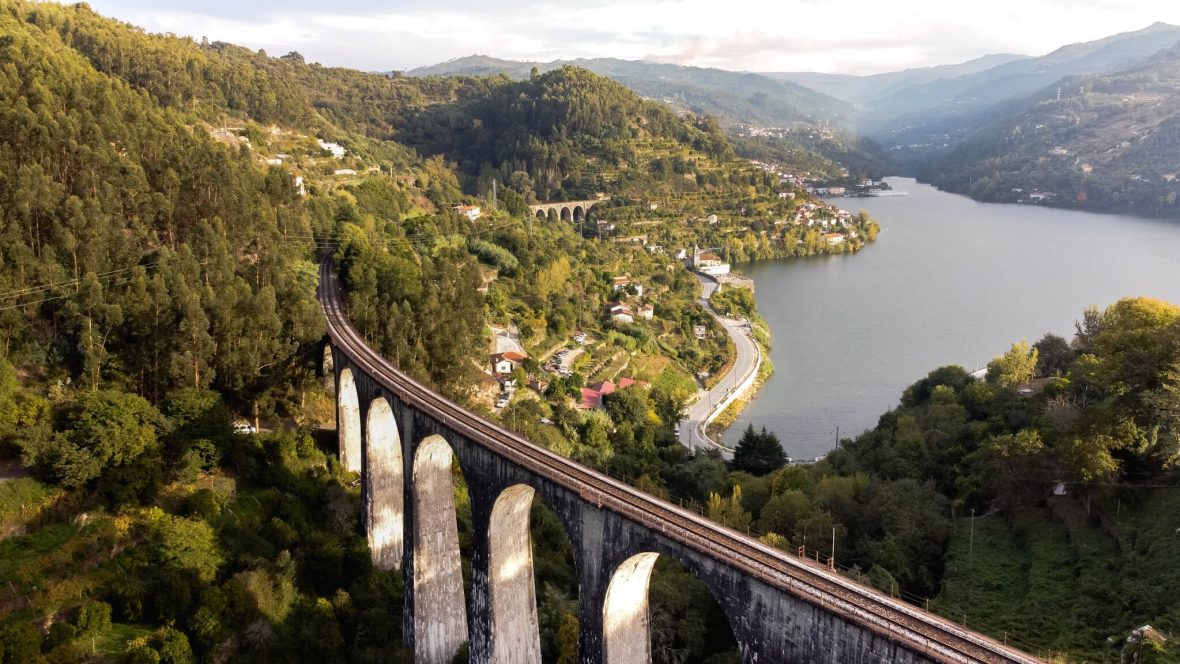
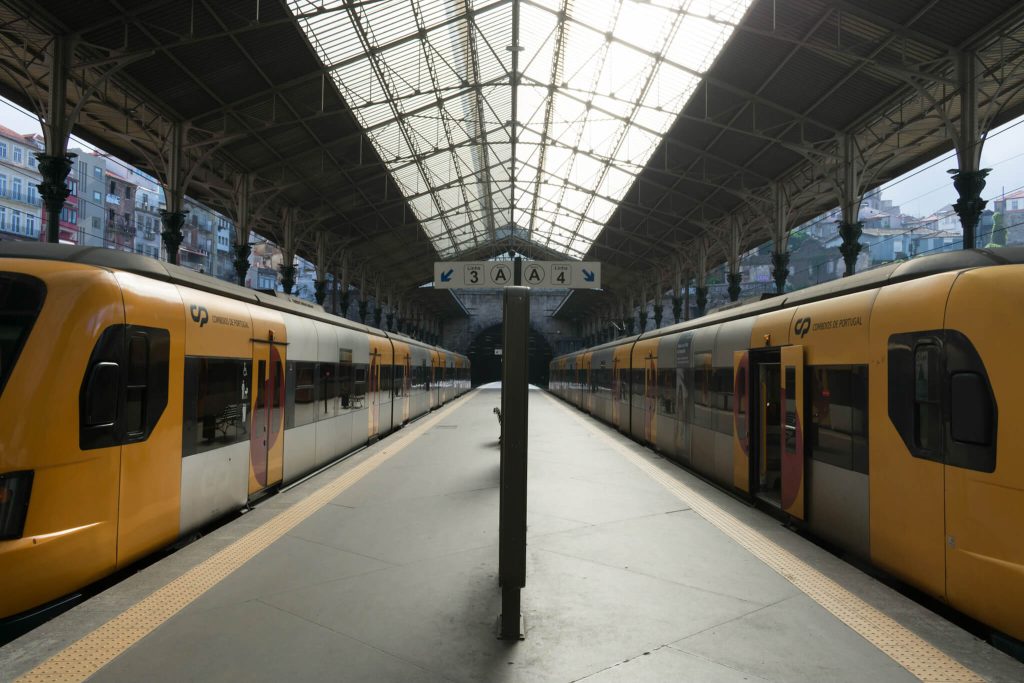
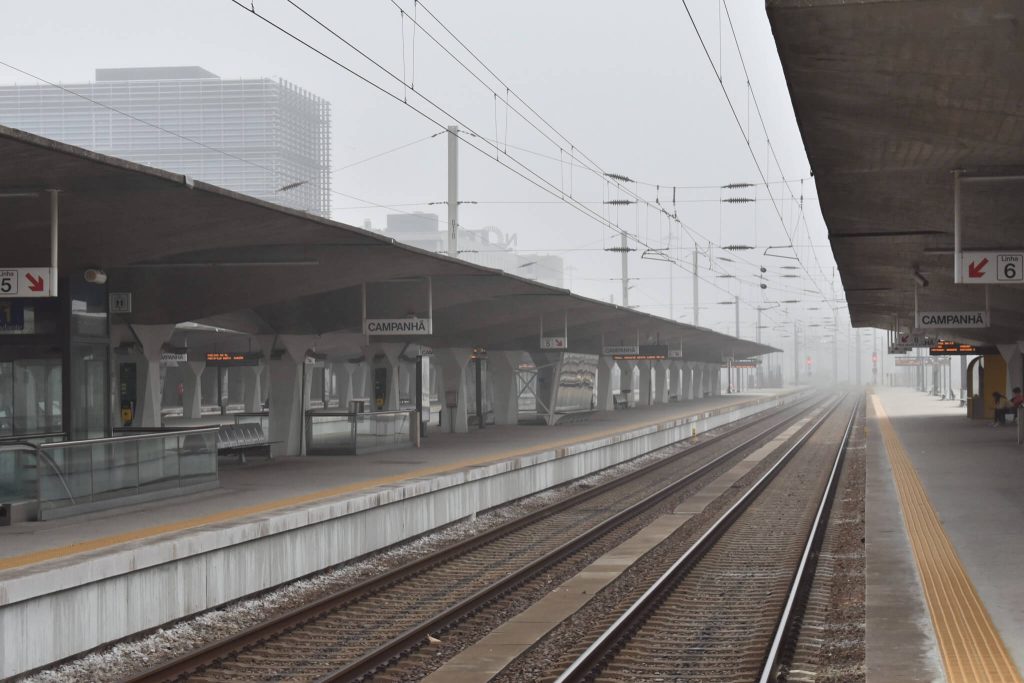
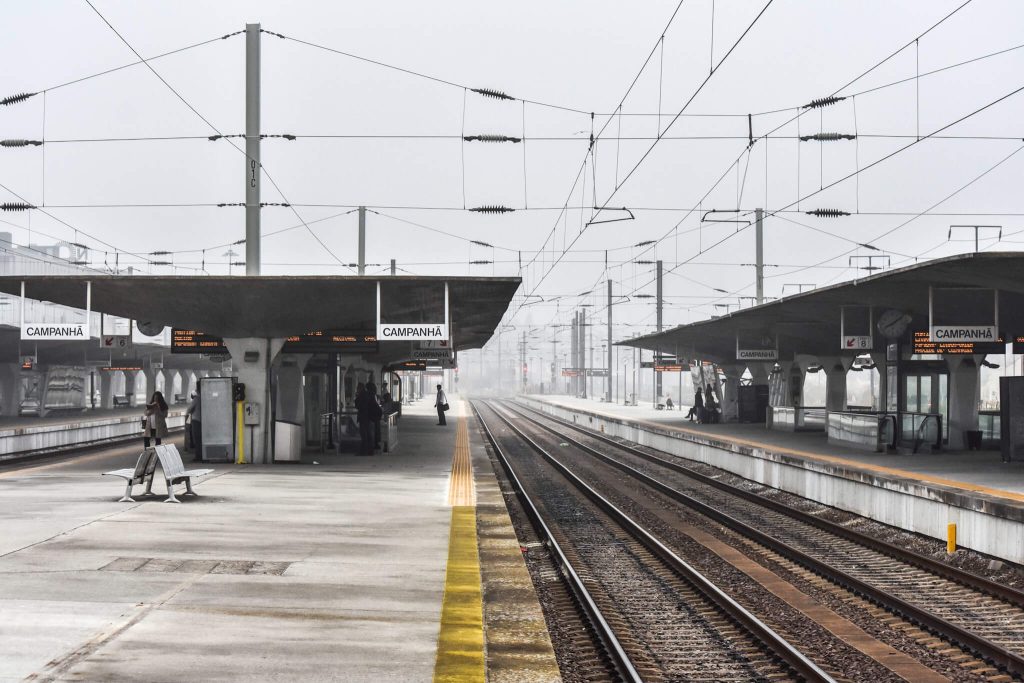
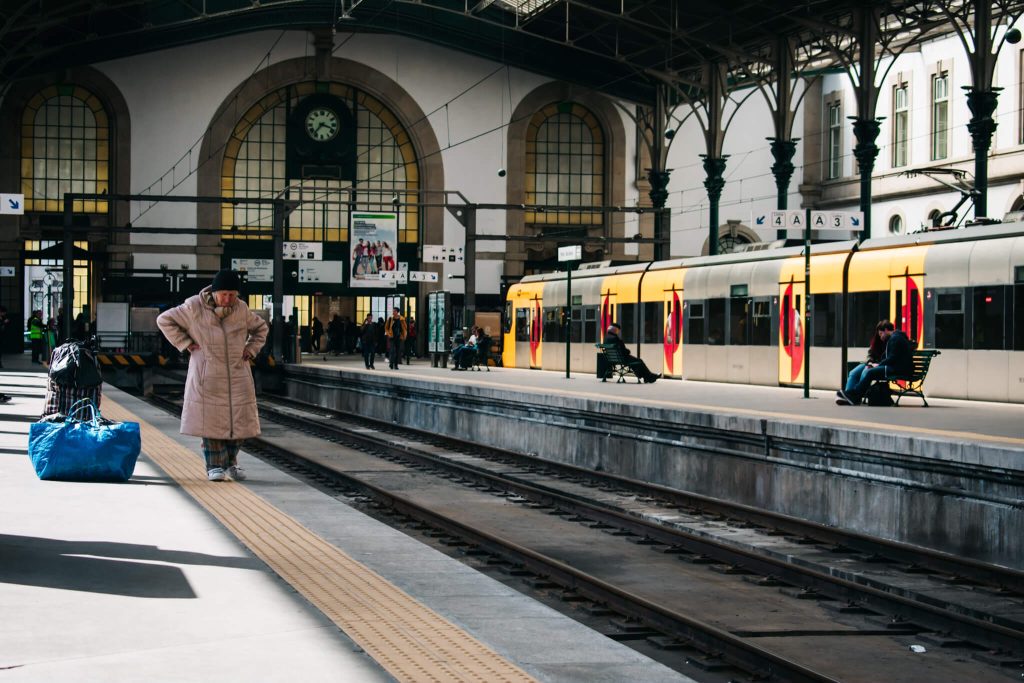

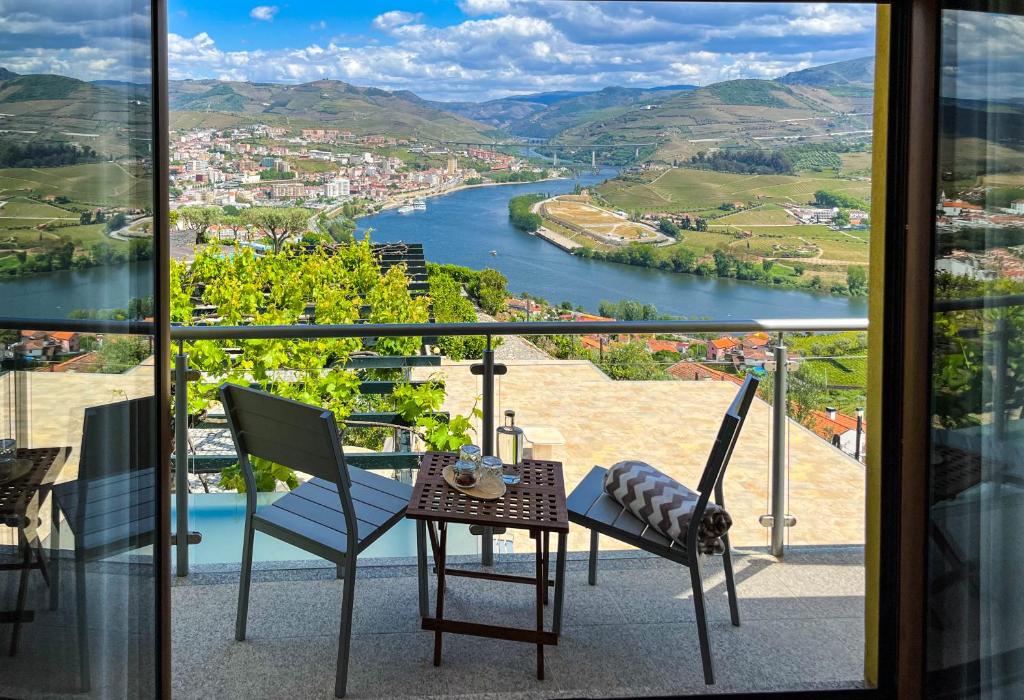
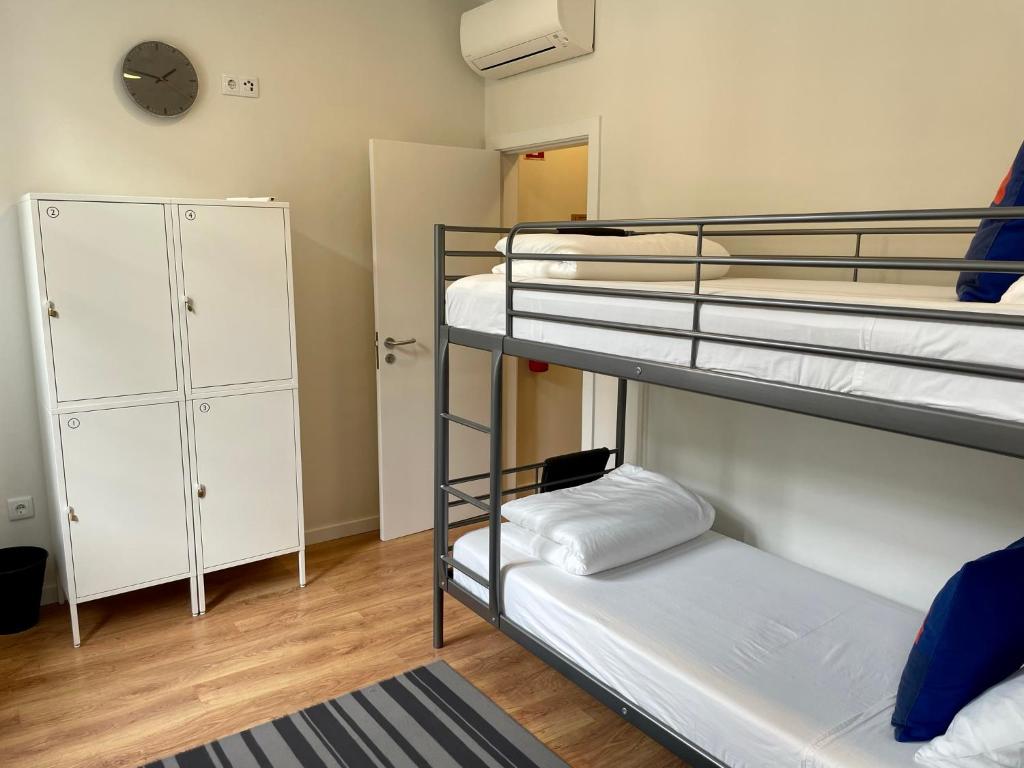
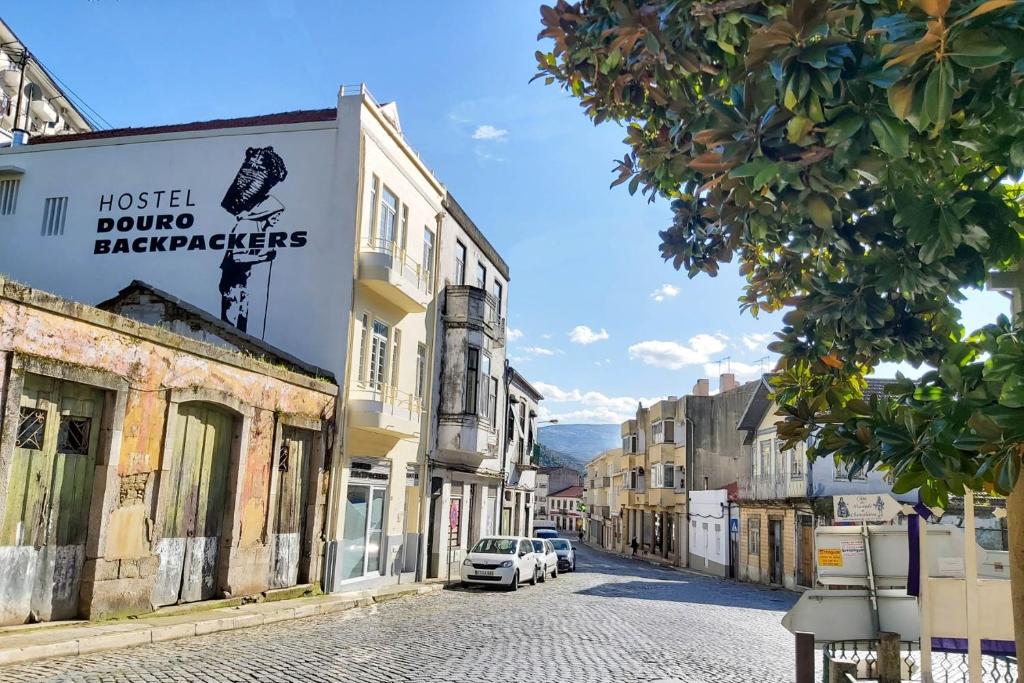
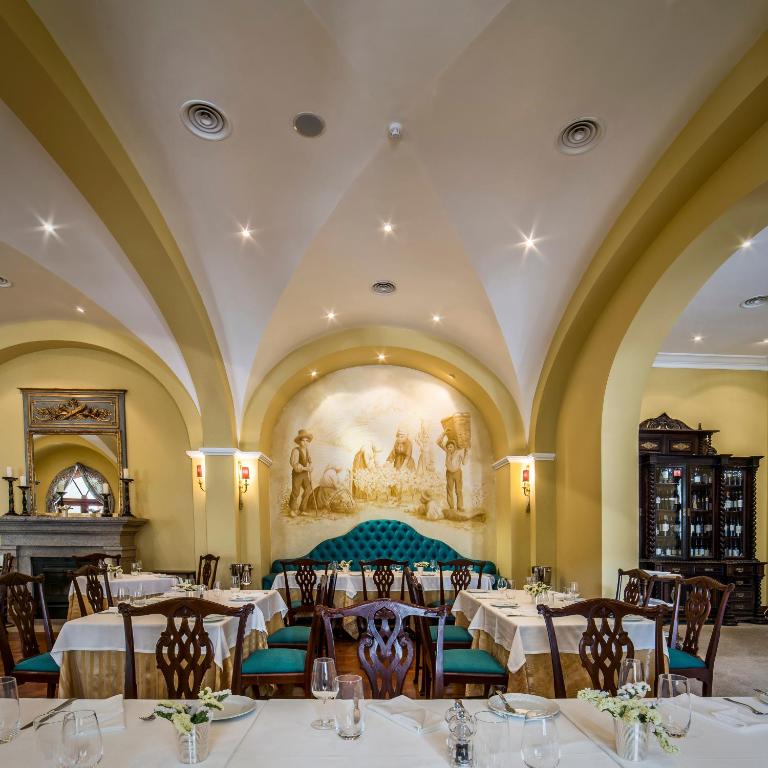
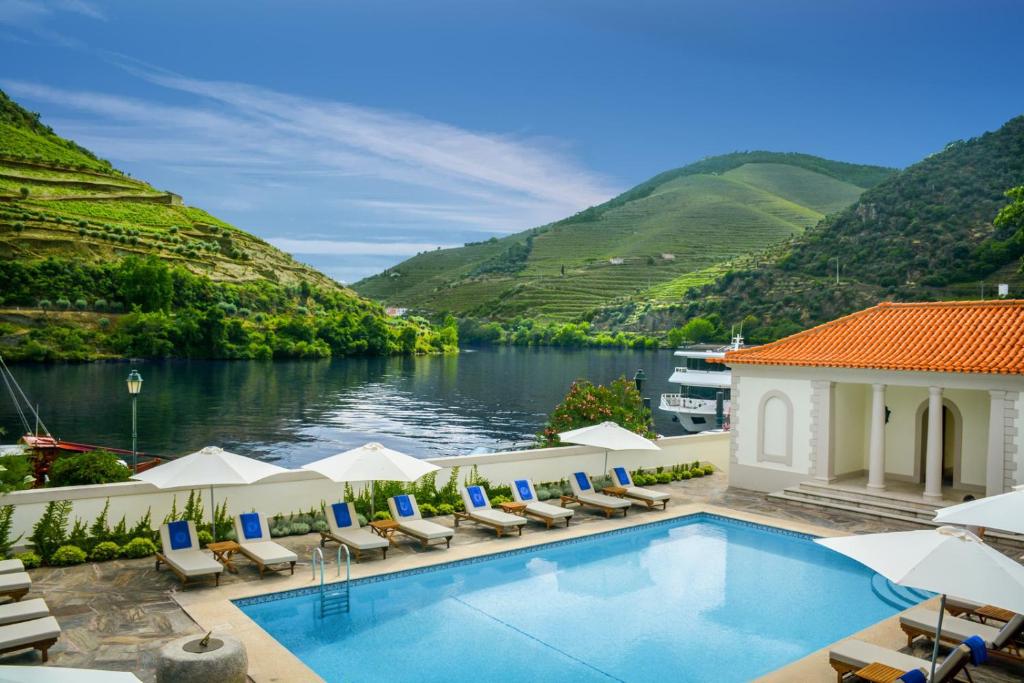
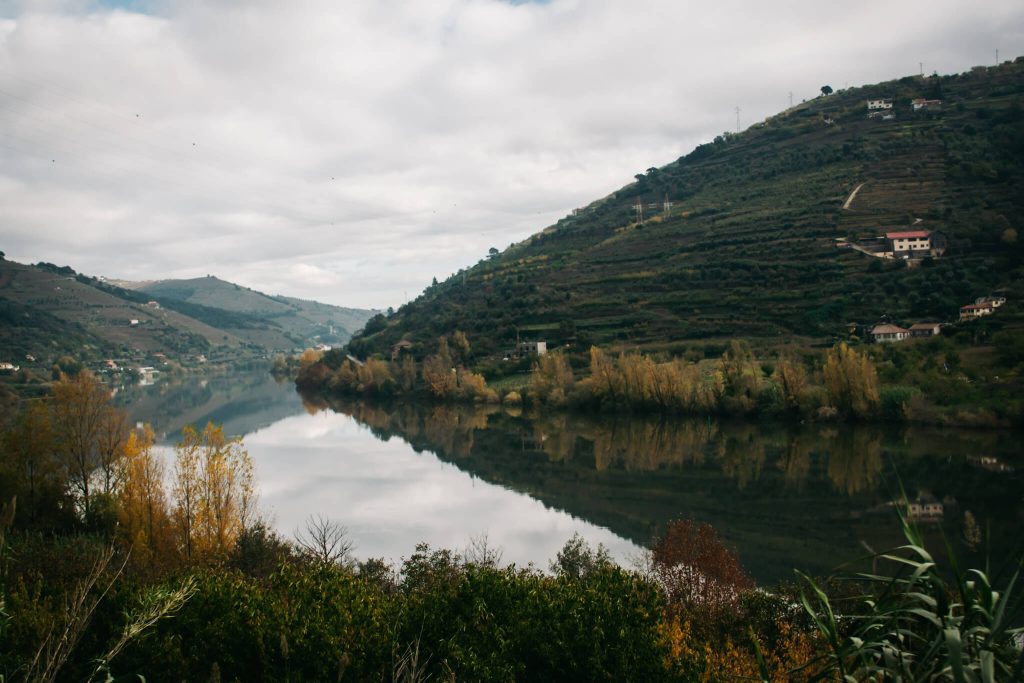
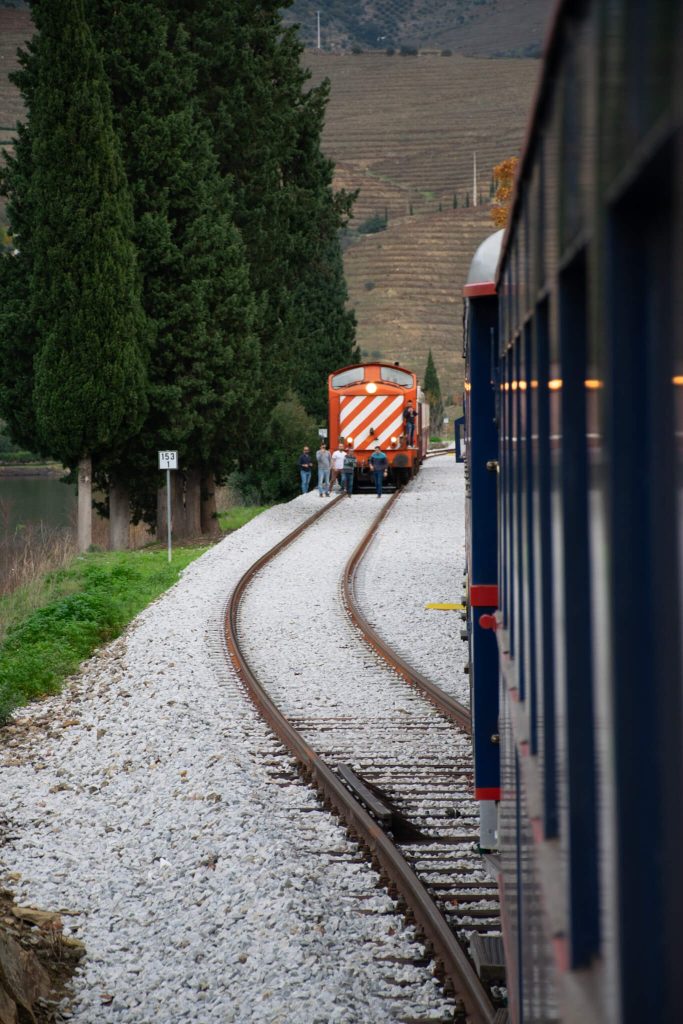
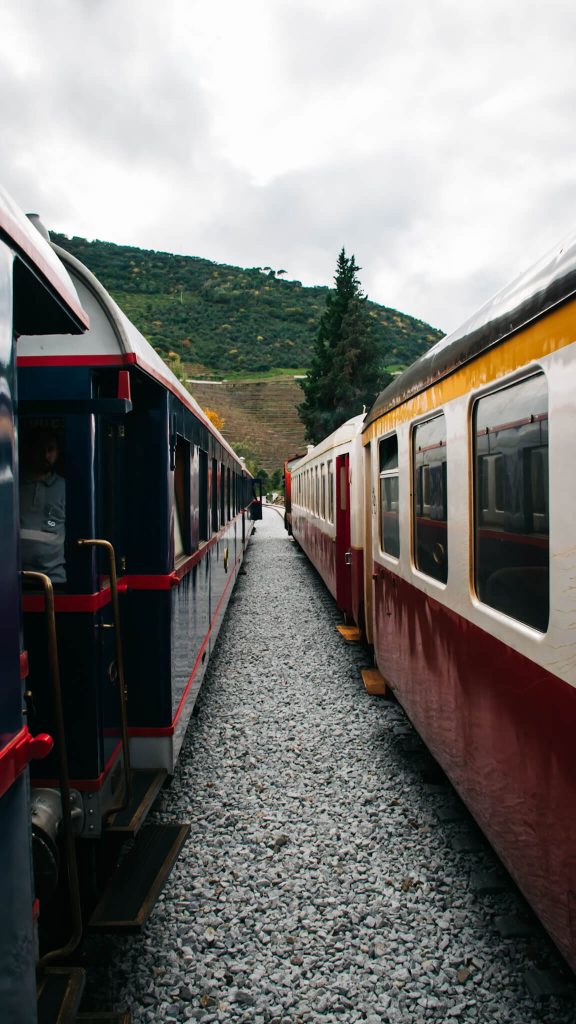
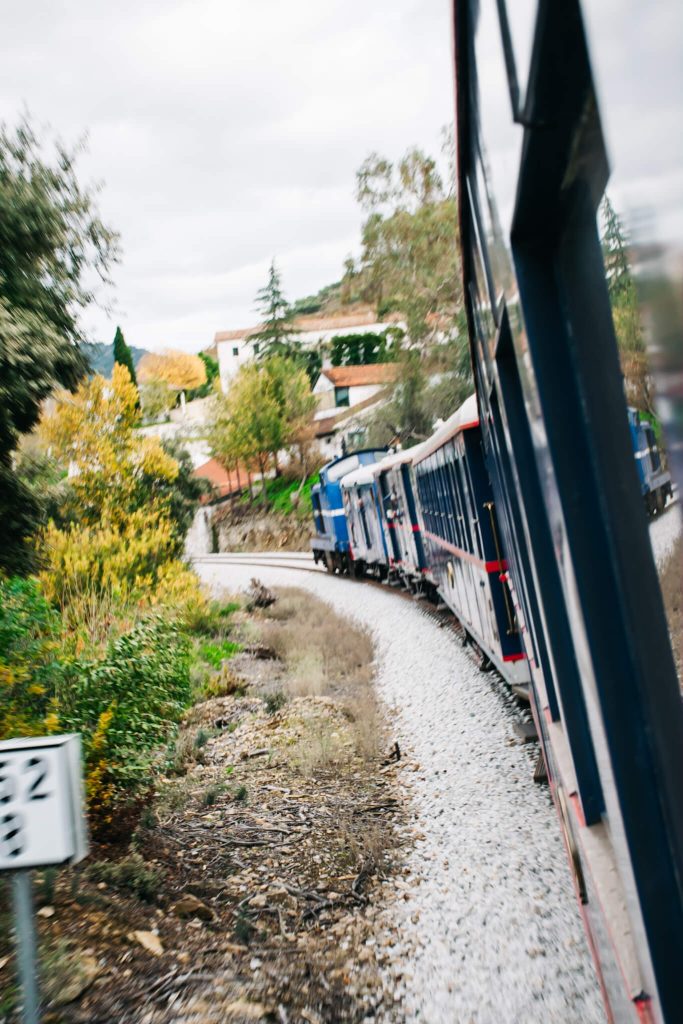
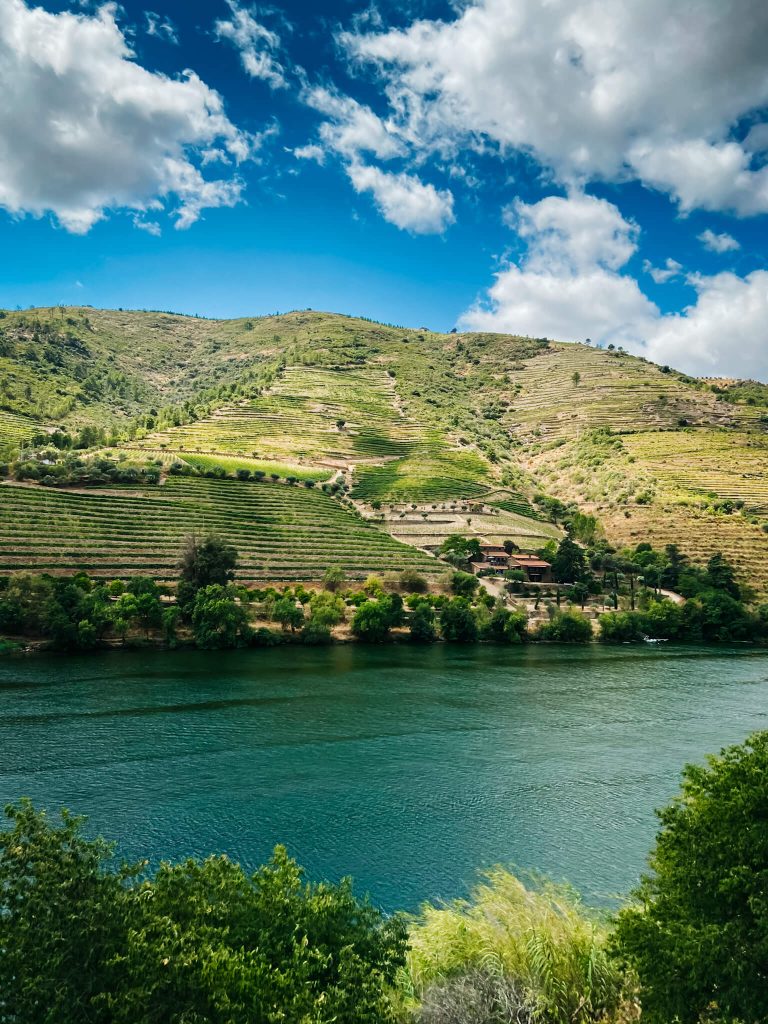
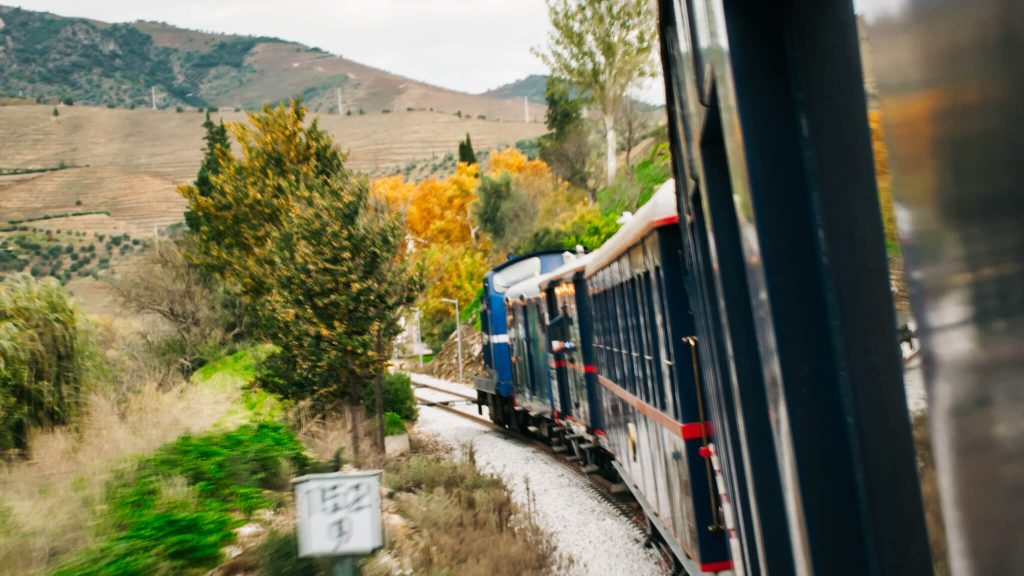
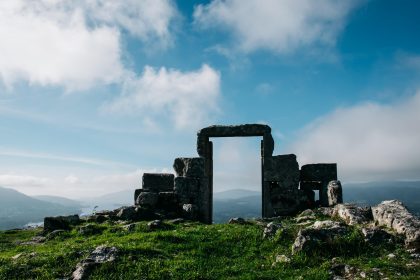
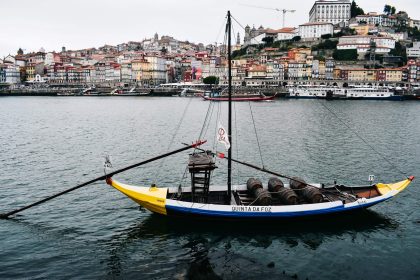
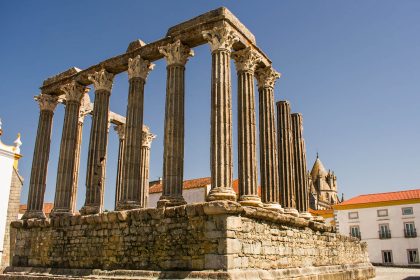

One Comment
Pingback:
July 12, 2025 at 8:03 am